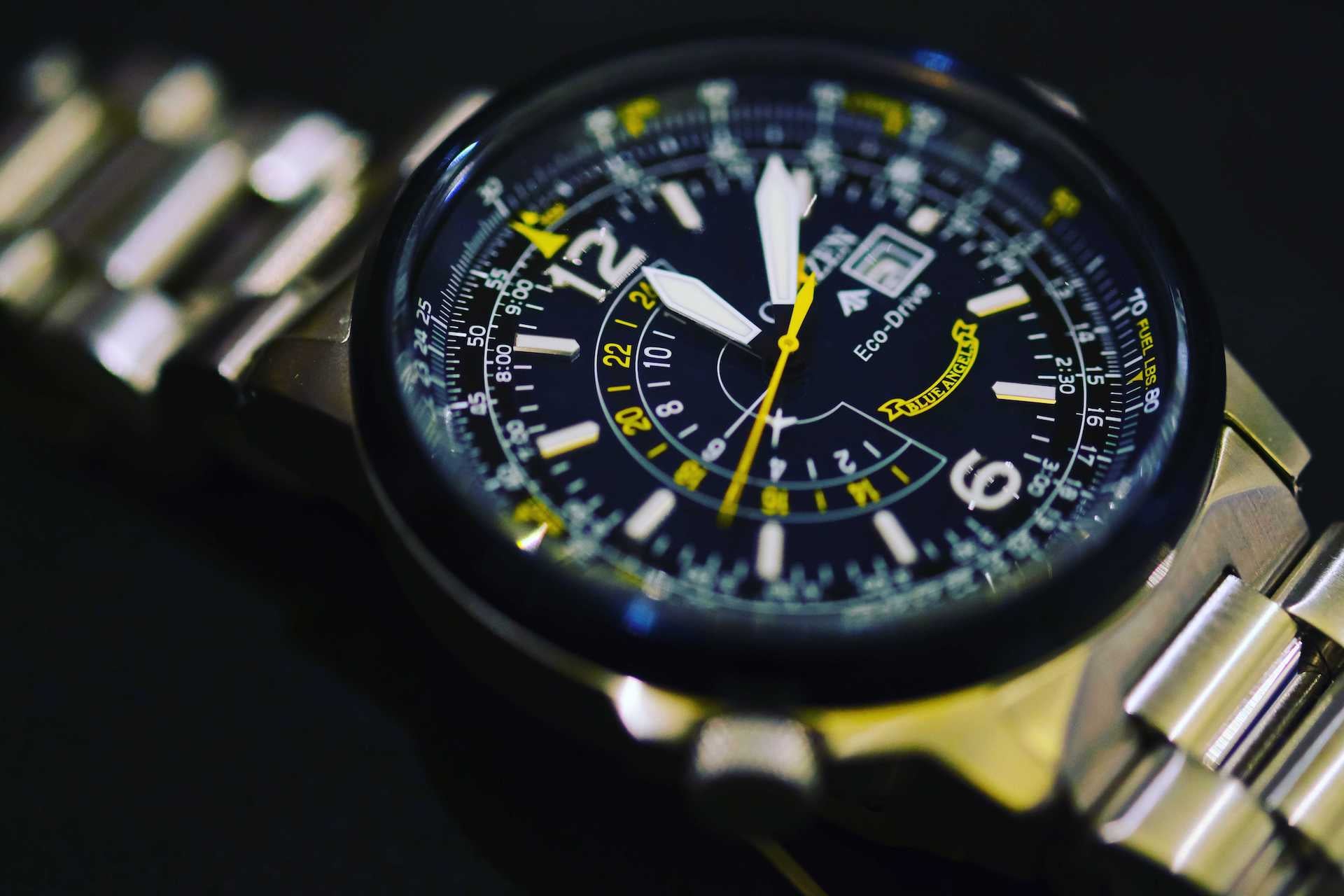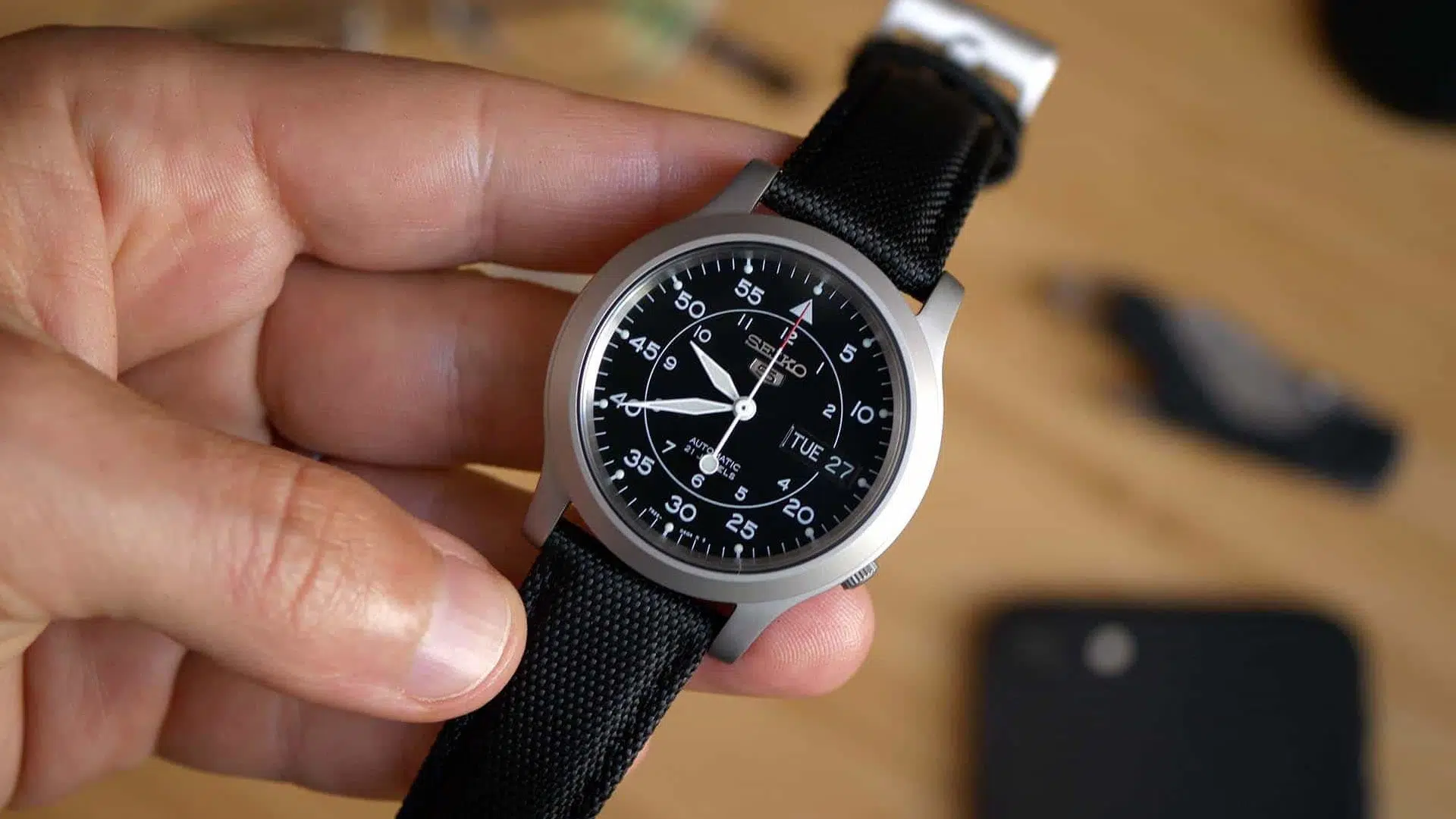Blog
The Role of Watches in Aviation: A Timeless Connection
Watches have always played a critical role in aviation, serving as essential tools for pilots and a symbol of the adventurous spirit of flight. The connection between watches and aviation dates back to the early days of flight, evolving alongside technological advancements and the demands of aviation professionals. This article explores the historical significance of watches in aviation, the features that make them indispensable, and the enduring relationship between timepieces and the aviation industry.
1. Historical Context: The Birth of Aviation Watches
Early Aviation and Timekeeping

The advent of aviation in the early 20th century brought new challenges to timekeeping. Early pilots relied on rudimentary instruments and navigation methods, which often led to complications in accurately determining flight times and distances. The need for precise timekeeping became evident as flight distances increased and navigation techniques evolved.
The First Aviation Watches
The first aviation watches were developed in the 1910s and 1920s, designed specifically for pilots. These watches featured large, easy-to-read dials and robust cases to withstand the rigors of flight. One of the earliest examples is the Bremont ALT1-C, which was inspired by the need for reliable timekeeping in challenging conditions.
2. The Evolution of Pilot Watches
World War I and II: The Need for Precision
Both World Wars significantly impacted the development of aviation watches. During World War I, the military required precise timekeeping for coordinated attacks and navigation. This demand led to the production of wristwatches that could be worn comfortably by pilots.
In World War II, the importance of accurate timing became even more critical. Pilots needed to synchronize their actions during missions, leading to the development of specialized watches with features like chronographs, tachymeters, and navigational aids. Brands like IWC, Longines, and Breitling emerged as leaders in the aviation watch market, creating timepieces specifically designed for military and commercial pilots.
The Quartz Revolution
The 1970s brought the quartz revolution, leading to significant advancements in watch technology. Quartz watches offered unparalleled accuracy and reliability, making them ideal for aviation. Brands adapted to this new technology, introducing pilot watches that combined traditional aesthetics with modern accuracy.
3. Key Features of Aviation Watches
3.1. Legibility
One of the most critical features of aviation watches is legibility. Pilots need to read their watches quickly and easily, even in challenging conditions. Large, high-contrast dials with luminous hands and markers are essential for ensuring visibility in low-light situations. Brands like Citizen and Seiko have excelled in creating watches that prioritize legibility.
3.2. Chronographs
Chronographs are a staple of aviation watches, allowing pilots to measure elapsed time accurately. This feature is crucial for timing maneuvers, fuel consumption, and navigation. Many modern aviation watches come equipped with multiple chronograph functions, enabling pilots to track various time intervals simultaneously.
3.3. Altimeters and Barometers
Some aviation watches incorporate altimeters and barometers, providing pilots with essential information about altitude and atmospheric pressure. These features are particularly useful for mountain flying or navigating through changing weather conditions. Brands like Breitling and Garmin offer models equipped with these capabilities.
3.4. Navigation Tools
Advanced aviation watches include built-in navigation tools such as compasses and GPS functionality. These features assist pilots in determining their bearings and navigating accurately, especially in remote areas. The integration of technology in aviation watches has transformed them into multifunctional instruments for modern aviators.
4. Iconic Aviation Watches
4.1. Breitling Navitimer
Overview: The Breitling Navitimer is one of the most iconic aviation watches, featuring a distinctive slide rule bezel that allows pilots to perform complex calculations.
Key Features:
- Chronograph Functionality: Enables precise timing of events.
- Slide Rule Bezel: Facilitates calculations for fuel consumption, distance, and speed.
- Legendary Design: Recognizable aesthetics with a rich aviation heritage.
4.2. IWC Big Pilot
Overview: The IWC Big Pilot is renowned for its large dial and clear readability, making it a favorite among pilots and watch enthusiasts.

Key Features:
- Large Size: 46mm case for easy visibility.
- Power Reserve Indicator: Displays remaining power for the manual-winding movement.
- Robust Construction: Designed to withstand the rigors of flight.
4.3. Rolex GMT-Master II
Overview: Originally designed for pilots and frequent travelers, the Rolex GMT-Master II features a dual time zone function, making it ideal for international flights.
Key Features:
- Dual Time Zone: Allows pilots to track two time zones simultaneously.
- Cerachrom Bezel: Scratch-resistant and colorfast for durability.
- Classic Design: Timeless aesthetics that appeal to both pilots and collectors.
4.4. TAG Heuer Carrera Calibre 16
Overview: The TAG Heuer Carrera Calibre 16 is a motorsport-inspired watch that also appeals to aviation enthusiasts, featuring chronograph functionality and a sporty design.
Key Features:
- Chronograph Function: Accurate timing for various activities.
- Bold Design: Sporty look with a range of color options.
- Versatility: Suitable for both aviation and motorsport enthusiasts.
5. Modern Innovations in Aviation Watches
Smart Technology
The introduction of smartwatches has transformed the aviation watch landscape. Many modern aviation watches now incorporate smart technology, offering features such as flight logging, GPS navigation, and integration with aviation apps. Brands like Garmin and Apple are leading the charge in creating smartwatches tailored for pilots, combining traditional watch aesthetics with cutting-edge technology.
Connectivity and Apps
Modern aviation watches often come equipped with Bluetooth connectivity, allowing pilots to sync their watches with smartphones and aviation apps. This integration enables access to real-time weather updates, flight plans, and navigation assistance, enhancing the flying experience.
Sustainable Practices
As sustainability becomes a priority in the watch industry, many brands are adopting eco-friendly practices. This includes using recycled materials, reducing energy consumption, and implementing sustainable sourcing for components. Aviation watches are increasingly reflecting this trend, appealing to environmentally conscious consumers.
6. The Cultural Significance of Aviation Watches
Symbol of Adventure and Freedom
Watches have long been associated with the spirit of adventure and exploration. For pilots, wearing an aviation watch symbolizes their passion for flight and the freedom it represents. These timepieces serve as reminders of the thrill of soaring through the skies and the beauty of the world from above.
Connection to the Aviation Community
Aviation watches foster a sense of community among pilots and aviation enthusiasts. Whether it’s through watch clubs, online forums, or aviation events, these timepieces create connections among individuals who share a passion for flying. Wearing an aviation watch often sparks conversations and camaraderie among fellow aviators.
7. Choosing the Right Aviation Watch
7.1. Consider Your Needs
When selecting an aviation watch, consider your specific needs as a pilot. Do you require advanced navigation features, or is legibility your top priority? Understanding your requirements will help you choose the right timepiece for your flying adventures.
7.2. Budget and Brand Preference
Aviation watches come in a wide range of prices, from affordable options to high-end luxury models. Determine your budget and research brands that align with your preferences. Iconic brands like Rolex and Breitling may carry a higher price tag, while other brands offer excellent functionality at more accessible prices.
7.3. Aesthetic Appeal
While functionality is crucial, the aesthetic appeal of a watch also matters. Choose a design that resonates with your personal style and complements your aviation gear. Whether you prefer a classic, rugged, or modern look, there’s an aviation watch to suit your taste.
8. Conclusion
The connection between watches and aviation is timeless, rooted in a shared history of precision, adventure, and innovation. From the early days of flight to the modern era of smart technology, watches have remained essential tools for pilots while evolving into powerful symbols of the aviation spirit.
As we look to the future, the role of watches in aviation will continue to adapt, driven by advancements in technology and changing consumer preferences. Whether you’re a professional pilot or an aviation enthusiast, choosing the right timepiece can enhance your flying experience and serve as a testament to your passion for the skies. The enduring relationship between watches and aviation is a celebration of craftsmanship, innovation, and the exhilarating pursuit of flight.


